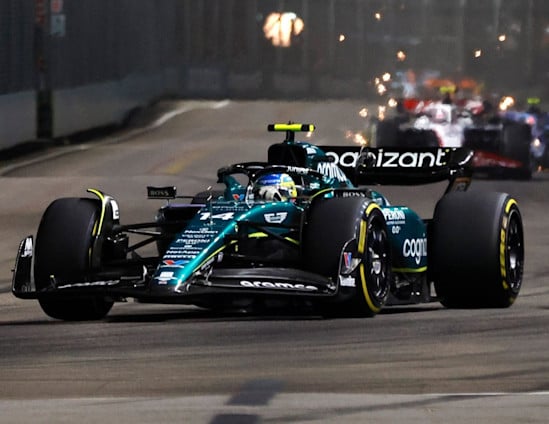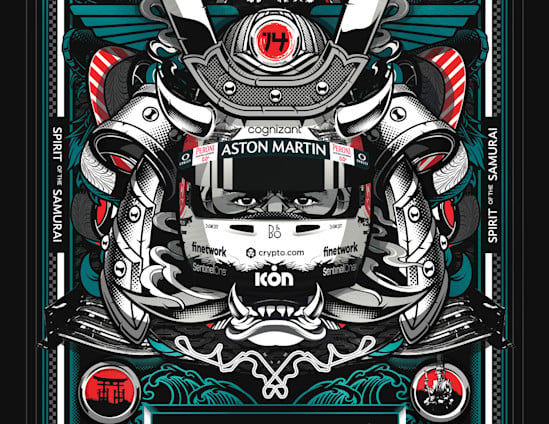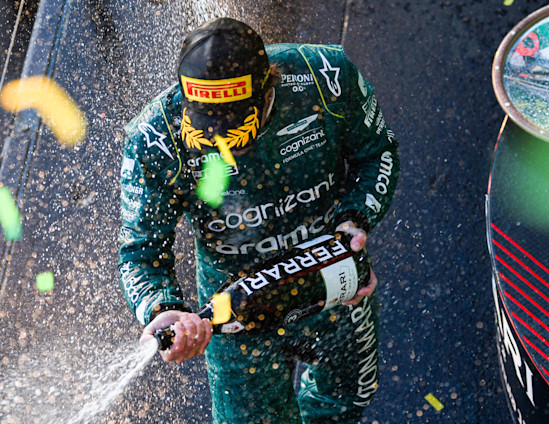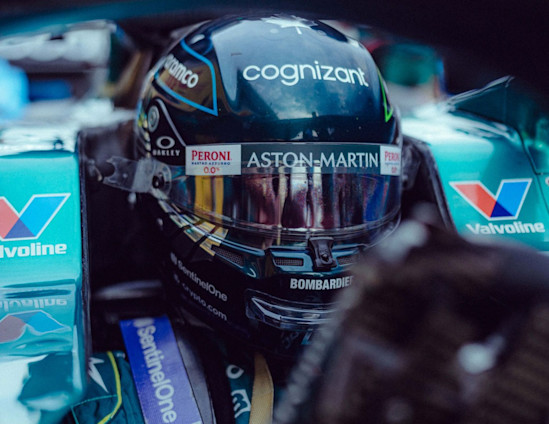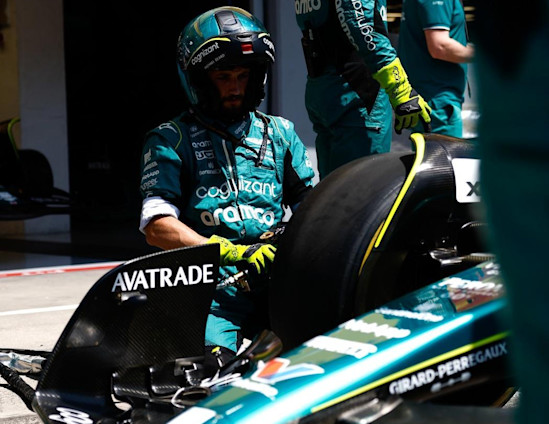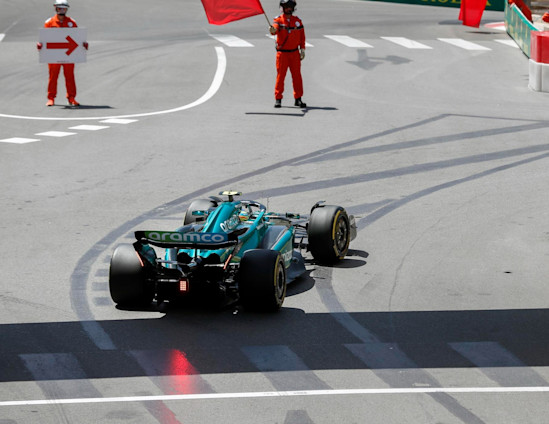
Together with our Official Trading Partner AvaTrade we guide you through Formula One's maze of rules. This time around we look at power unit regulations.
The 2023 F1 Technical Regulations comprise 17 articles (and six appendices) and by far the biggest chapter is Article Five and its 26 sub-sections detailing the specification for the pocket-sized colossus that makes the car go.
The Sporting Regs that cover usage of this power unit are rather more digestible – though it's these that draw the attention: falling foul of the limits incurs grid penalties and, in extreme cases, can make or break a season.
As we enter Mexico City, where the high altitude and thin air puts extra demands on power unit cooling and turbocharger performance, we look at the Formula One power unit rules.

Frozen in time
Power unit development is currently frozen – power units will largely stay in the same spec until the end of 2025 – to allow current and future power unit manufacturers prepare for the new era of regulations that come into play in 2026.
There are caveats, however, which allow PUs to be modified for safety, reliability or cost-saving – thus F1's engine manufacturers continue to innovate and evolve.
Changes have to be agreed by the FIA and customer teams have to receive the same engine spec as a works team.
In 2026, F1 will enter a new era of power unit regulations – and we will enter a works partnership with Honda.
The new era of power units will run on fully sustainable fuels, sport three times the electrical power, be safer, and more efficient.
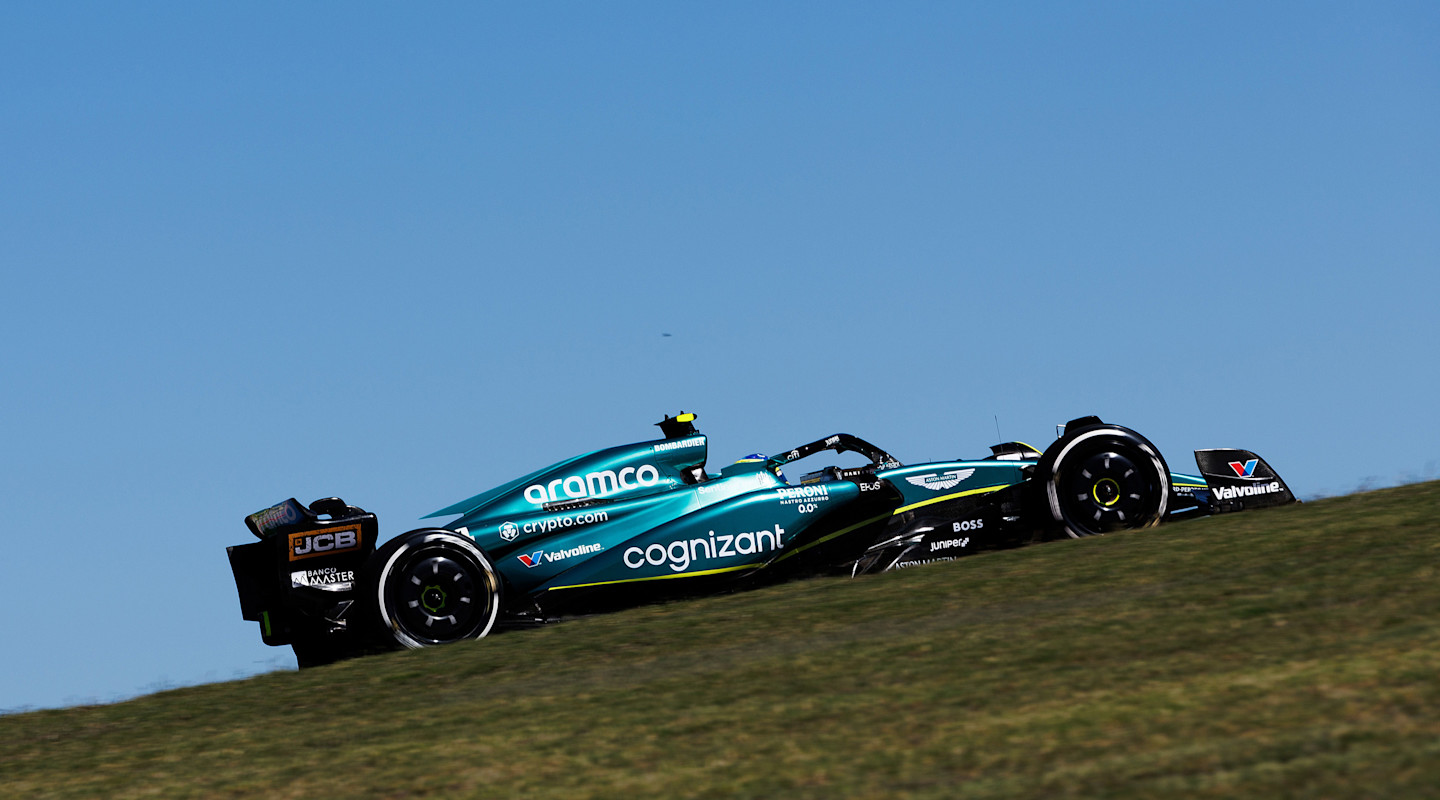
Sum of its parts
The power unit is sub-divided into six parts:
Internal combustion engine (ICE)
Motor generator unit - heat (MGU-H)
Motor generator unit - kinetic (MGU-K)
Turbocharger (TC)
Energy store (ES)
Control electronics (CE)
To limit costs – but also to concentrate the minds of powertrain engineers on real-world relevancy – there are strict limits on how many of each device a car can use across the year before incurring penalties.
The limit for each car is three ICE, three MGU-H, three MGU-K, three TC, two ES and two CE.
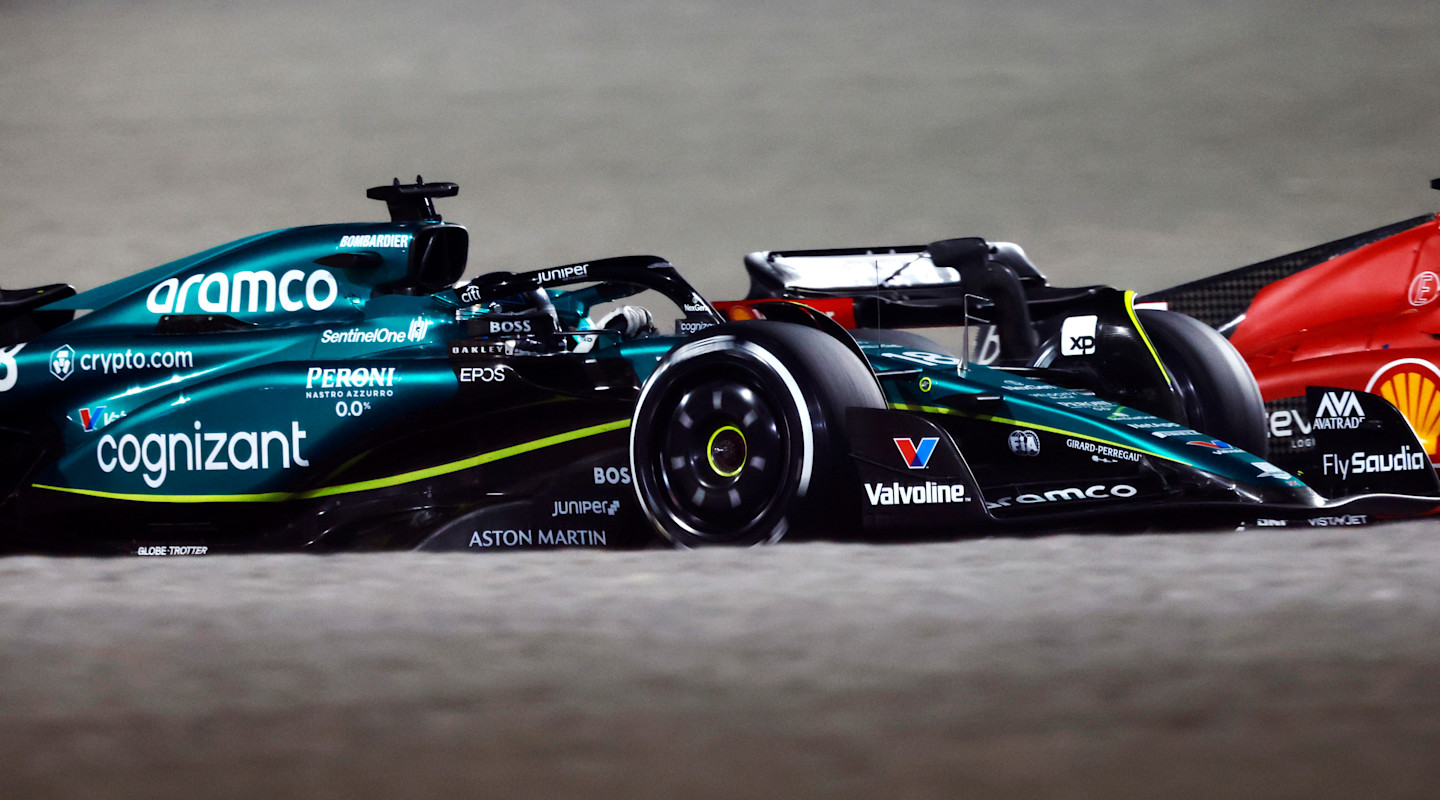
Engine penalties
The penalty system in F1 can seem complex, but the days of 70-place grid penalties are long gone as this set of rules has been streamlined.
The first time a car (the rules specify that parts are allocated to a car rather than a driver) uses a component outside the aforementioned allocation, the driver receives a 10-place grid penalty.
Each subsequent infringement incurs a five-place penalty.
Therefore, if a car uses their fourth ICE of the season, the driver will receive a 10-place grid drop for the Grand Prix. However, if they use their fifth ICE of the season, the driver receives only a five-place grid drop for the Grand Prix.

If a 15-place grid drop is accumulated, the driver is sent to the back of the grid.
Teams can choose when and where to swap out new power unit components. In the high altitude of Mexico City, where the turbocharger works extra hard, the team might want new turbochargers for the race – but then swap back to a previously used turbocharger for Friday practice in Interlagos the following week.
Learn more with AvaTrade
In the same way that a racing driver can constantly learn and improve using data, AvaTrade encourages traders to hone and refine their own skills – courses are created by experts, free to access, tightly focused and comprehensive.
You can discover more about our partnership with AvaTrade and access a suite of free educational resources designed to help you enhance your trading skills.

AVATRADE EXPLAINS THE F1 RULEBOOK
Amplify your fan experience
From exclusive collabs to once-in-a-lifetime prizes, I / AM DROPS is a new series of unique and ultra-limited moments and fan experiences.
Sign up for I / AM or sign in to unlock.



